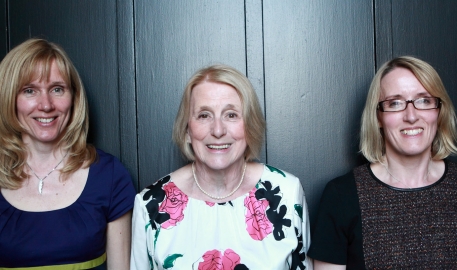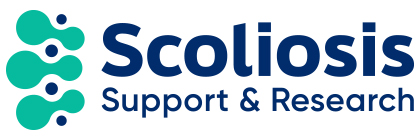Monday – Friday 9am to 5pm
Scoliosis Priority Setting Partnership
Top 12 priorities for scoliosis research
The James Lind Alliance (JLA) Scoliosis Priority Setting Partnership (SPSP) has agreed the following Top 12 priorities for research:
- What are the best strategies for reducing or preventing the curve from getting worse, combining treatment and self-management approaches to avoid the need for surgery?
- How is quality of life affected by scoliosis and its treatment? How can we measure this in ways that are meaningful to patients?
- Could surgical procedures be improved to become less invasive, reduce scarring and increase flexibility?
- What are the long-term outcomes and side-effects of surgery?
- How likely is scoliosis to get worse over time, either with or without treatment? Should people be monitored?
- What is the best method of imaging scoliosis that also reduces exposure to radiation?
- Which type of brace (e.g. rigid or dynamic) is most effective in the treatment of (a) early onset scoliosis and (b) adolescent idiopathic scoliosis?
- What forms of postural care are most effective (standing frames, seats, sleep suits & wheelchairs) for managing early onset, neuromuscular and syndromic scoliosis?
- If scoliosis is diagnosed earlier, does this change the choice of treatment and/or lead to better outcomes?
- How are the psychological impacts (including on body image) of diagnosis and treatment best managed?
- Can the instrumentation (rods/ implants etc) cause harm in the short or long term?
- How is scoliosis affected by hormonal changes in women (puberty, pregnancy and the menopause) and does this have implications for treatment using HRT?
Why 12 priorities?
People of different ages are affected by different types of scoliosis. Some of our research questions are relevant to all types, but some are only relevant to only one or two types. We ended up with a Top 12 (rather than a Top 10) to make sure that our final list includes the most important questions for people with all types of scoliosis.
How did we get here?
First we asked people with scoliosis, their carers and health professionals about the issues and questions they would like answered by research. 697 people filled out our survey, and gave us over 1900 questions. Lots of people asked similar questions in slightly different ways. So we put these into groups, and identified a single question that summarised all the questions in each group. Some of these questions already had answers, which left us with 54 questions.
We sent out the list of 54 questions in a second survey, again to people with scoliosis, their carers and health professionals. We asked them to select their personal Top 10 questions, and to put them in order of importance, number one being most important. 750 people took part in the second survey. Combining all the scores for everyone’s top ten, gave us a shorter list of the most popular questions – 27 in total. These 27 questions were discussed at a workshop with people with different types of scoliosis, carers and health professionals who are all in the photo. They worked together to agree our final Top 12.
Find out more
To read the full report produced from the SPSP please click here.
To learn about the process involved, click here
This JLA Scoliosis Priority Setting Partnership was run by a Steering Group that included people with scoliosis, their carers, health professionals and an independent chairperson. There is more information about the different stages and about the people and organisations that worked on this project at: www.scoliosispartnership.uk

© 2024 Scoliosis Support & Research | Scoliosis Support & Research is a registered charity no. 1181463
Website design & development by Pedalo
